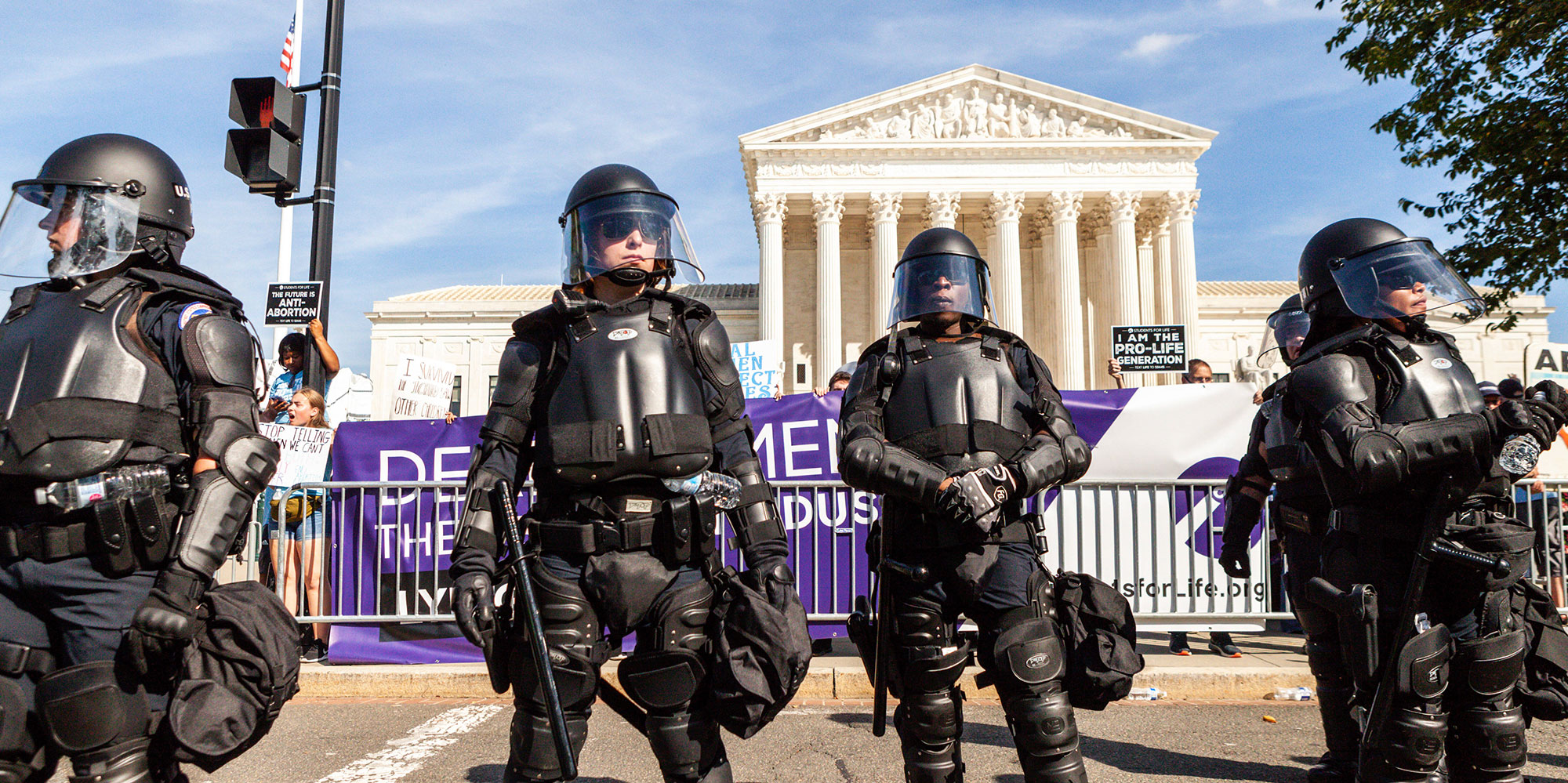The Cost of War Project of Brown University has redefined the costs of post-9/11 wars. By bringing hidden costs into the open the Project has made a global impact. The true costs of war go far beyond the financial costs to include the human, political, social and environmental costs of war. Those working for the Project see themselves aligned with a broader peace movement.
Diana Mautner Markhof, 04 November 2021
Brown University’s unique Cost of War Project was initiated in 2010 by Professor of Anthropology and International Studies at Brown University, Catherine Lutz, and Chair of Political Science at Boston University, Neta Crawford, and has redefined how society measures the costs of war. The impact of this Project has been global — raising the awareness of political leaders, academics, journalists and civil society when accounting for the costs of wars. The Cost of War Project brings these groups together by sharing its findings and focusing on its educational mission. In effect the Project’s researchers see themselves as being aligned with a broader peace movement.
One mission of the Cost of War Project is to inform the public. In this they have been successful. There is a near-global reliance on the part of governments, researchers and media on the information provided by this valuable Project.
The founders of the project noticed a gap in information and reporting of the post-9/11 wars (“counterterror operations”) in Afghanistan, Iraq, Libya, Pakistan, Somalia and elsewhere. They asked themselves questions such as: Should the US even be waging this war? What are the goals? Have these goals been achieved? Is there a better strategy than war?
According to the Project, the US has been engaged in at least 85 counterterrorist operations worldwide since 9/11. Most of these operations are hidden from view of the public and, unsurprisingly, so are their costs. The Cost of War Project has brought these hidden costs into the open. The true costs of war do not include only the financial cost of going to war, but also the human, political, social and environmental costs of war.
The Project refrains from using the politically charged term “war on terror”, preferring to label these “post-9/11 wars”. Despite the large amount of statistics provided by the US government and the Pentagon on the costs of war, the Cost of War Project has not only questioned these figures, but has also regularly published its own set of figures of the true costs of war. These costs include those published by the US government plus other costs (see below). According to the Cost of War Project every US conflict has led to an increase in the Pentagon’s base budget, which currently is over USD 700 billion a year.
The true costs of post-9/11 wars are alarming. The findings are posted on the Cost of War Project website (https://watson.brown.edu/costsofwar/):
- Death of over 929,000 including over 387,000 civilians
- At least 38 million war refugees and displaced persons
- 7052 US service members killed in post-9/11 operations
- Gross violations of human rights and civil liberties
- 30 177 suicides of US service members and veterans
- Long-term costs of care for US Vets exceeding USD 2 trillion
- USD 14 trillion spent by the Pentagon on the war in Afghanistan, of which one-third to one-half went to defense contractors
- US federal government expenditures of over USD 8 trillion for post-9/11 wars
- Interest on borrowing to fund wars and building bases around the globe
- US government currently conducting counterterror activities in over 85 countries
Many have suffered and died from malnutrition and lack of access to health care facilities and clean drinking water. David Vine, a research fellow at the Cost of War Project, has stated that the actual total number of people displaced as a result of post-9/11 wars may even be as high as 60 million, which would put it on a par with those displaced during WWII.
These findings are only the tip of the iceberg of the research results published by the Cost of War Project. The costs of war and the costs associated with the US military and its associated military-industrial complex (MIC) affect all aspects of US civil society, from the human, social and political level to the environmental and financial level.
Stephanie Savell, one of the three Project Directors, stated in her September 2021 podcast that the Cost of War Project is far from over even after the US withdrawal from Afghanistan. She discussed the cost of war from other perspectives, including the intensified militarization of the police in the US, the transfer of equipment from the military to police departments and the flow of veterans from the US military to police departments. Over the past twenty years, the MIC spent USD 2.5 billion on lobbying, employing 700 lobbyists.
She stated that if the US military were a country, it would be ranked about 40th in the amount of carbon emissions it produces. In fact, she stated that the US military is the single largest institutional carbon emitter in the world. She argues that the MIC is so large, powerful, rich and entrenched in society that projects such as the Cost of War Project are needed to expose this hidden ‘militarized status quo’ and the true costs of going to war.
But what lessons can be learned? The Cost of War Project advocates learning from the experience of the past decades. As Professor Catherine Lutz put it the costs are often undercounted, uncounted and in some cases suppressed. The Cost of War Project looks at the larger picture and into the future. Wars do not end when the fighting stops. Many subjects are sensitive, but the Cost of War Project has not shied away from talking openly about them. They believe that it is imperative to understand fully the consequences of choosing to go to war, which include caring for veterans for 20 to 40 years, rebuilding entire nations when the fighting stops, and the large increase in national debt. Understanding the tradeoffs society has made and must make by going to war is painful but necessary.
The Project also highlights what the US could have done with the trillions of dollars spent on waging war, such as job creation, better quality education, infrastructure improvement or the greening of the US economy. Through its publicizing of all the costs of war, informed choices can be made, thus hopefully decreasing future human, societal and financial post-9/11 costs.
The Cost of War Project has started a podcast series to emphasize and implement their mission to continue to find the true costs of the post-9/11 wars of the US. On their website the Project states: “We aim to foster democratic discussion of these wars by providing the fullest possible account of their human, economic, and political costs, and to foster better informed public policies.” In the interest of us all, let us hope they succeed.
Picture:Thousands Attend Women™s March Rally For Abortion Justice In Washington, DC on 02.10.2021. Capitol Police in riot gear keep protesters and pro-life counter protesters separate as the Women s March for Abortion Justice passes the US Supreme Court. © IMAGO / NurPhoto
Other Articles Which Might Interest You





